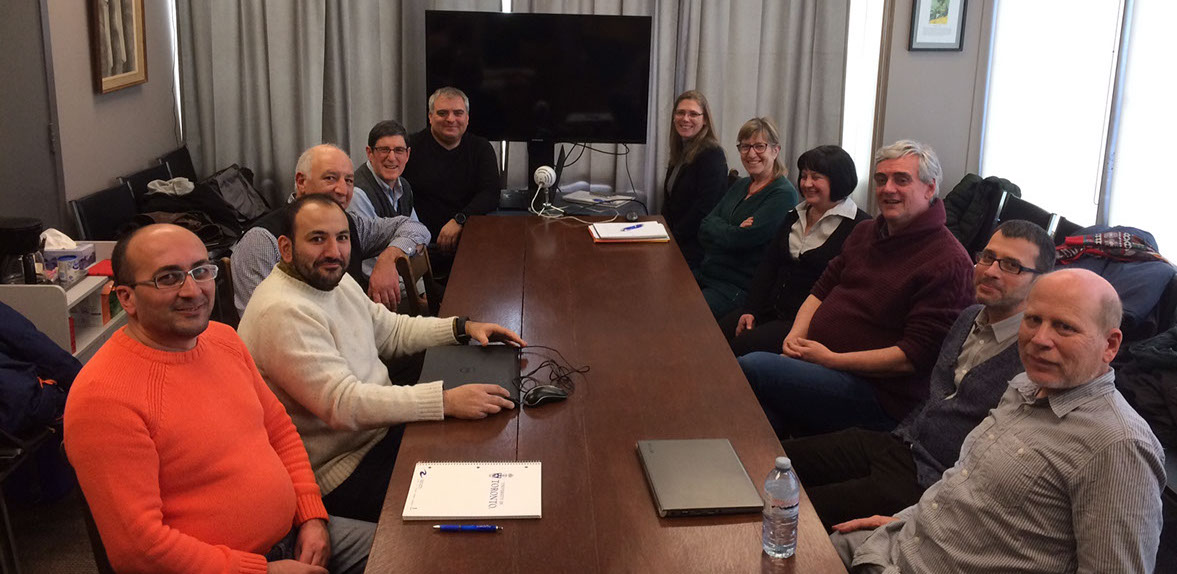
Unraveling the Kura-Araxes Cultural Tradition Across Space and Time

The Kura-Araxes is one of the cultural traditions that along with those of its neighbors in Mesopotamia, Iran, Eurasia, Anatolia, and the Levant, tells the story of the greater Near Eastern region in late prehistory. Each cultural tradition of the Near East and the societies they spawned have distinctive cultural packages and economic, political, and social organization and practices. At the same time, each region was in some ways interrelated with the others. In this regard, the Kura-Araxes represents a particular pattern. The Kura-Araxes first appeared in the mid-fourth millennium BC in the South Caucasus (modern Armenia, Georgia, Azerbaijan, eastern Turkey, and parts of northwestern Iran). By 2900 BC its core package of cultural traits had spread to over 1500 settlements across the Zagros Mountains to its south, north across the Greater Caucasus Mountains, and west along the Taurus Mountains down into the southern Levant. Evidence indicates that the tradition spread through population migration and cross-cultural interactions. It created a different yet interrelated narrative in each area of the so-called homeland zone and in its diaspora. Interest in the Kura-Araxes has built dramatically over the past decade as evidenced by an increasing number of new approaches and data that have begun to appear in the published literature and at academic meetings. A number of key issues, however, remain unresolved.
Below is the present state of the Kura-Araxs Database. It is meant to be a crowd sourced database, so please send any additions, suggestions or corrections to stephen.batiuk@utoronto.ca
CRANE Researcher Stephen Batiuk and Mitchell Rothman decided that the best way to share information and promote discussion was by bringing together face-to-face a set of scholars covering the homeland and the different regions of the diaspora, many from different scholarly traditions. They organized a six-day workshop in Toronto in 2017 to bring together 11 scholars from different parts of the world and from different intellectual traditions to discuss issues related to solving the complex puzzle that is the Kura-Araxes: Karim Alizadeh, Grand Valley State University; Ruben Badalyan, Institute of Archaeology and Ethnography of Armenia; Roman Hovsepyan, Institute of Archaeology and Ethnography of Armenia, Rafael Greenberg, Tel Aviv University; Bertille Lyonnet, Centre National de la Recherche Scientifique, France; Giulio Palumbi, Université Nice Sophia Antipolis; Sarit Paz, Tel Aviv University; Graham Philip, Durham University; and Siavash Samei, The College of Wooster.
Funded predominantly by a Social Sciences and Humanities Research Council of Canada (SSHRC) Connection Grant (Michael Chazan main applicant), the American Research Institute of the South Caucasus (ARISC) CRANE, the Archaeology Centre of the University of Toronto, and the Canadian Society for Mesopotamian Studies, we met for six days in Toronto in March 2017.

A summary article of the topics discussed at the conference, dedicated to the late Tony Sagona has been published in Ancient Near Eastern Studies . The article emphasizes what was new with the Kura-Araxes, but also provides a systematic summary of what has been discussed in the published literature. While the participants of the workshop all agreed to this, but they wanted it to be clear that this presentation represents the current authors’ understanding of what was discussed. While presenting ideas from other participants, the resulting conclusions do not all reflect a consensus among those who attended the workshop on all issues. Responsibility for it are that of the authors, (Batiuk and Rothman. Samei and Hovsepyan).
The original version of the article while fully peer-reviewed proved to be too large for publication. A compressed version without the detailed discussion of each subgroups was published in ANES 59, but the full version, complete with the missing sections and all appendices is available here.